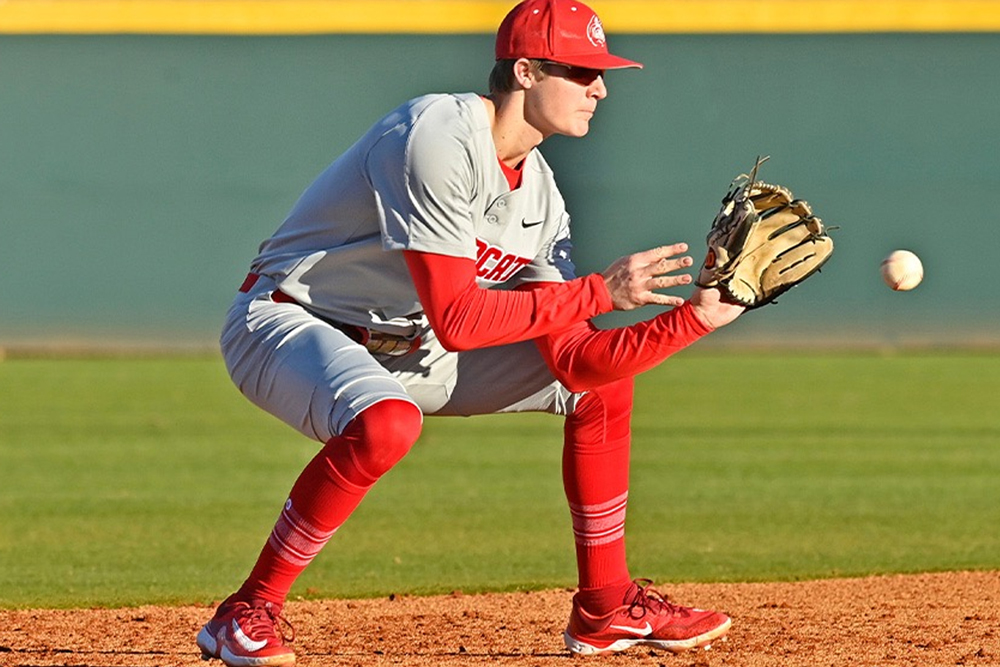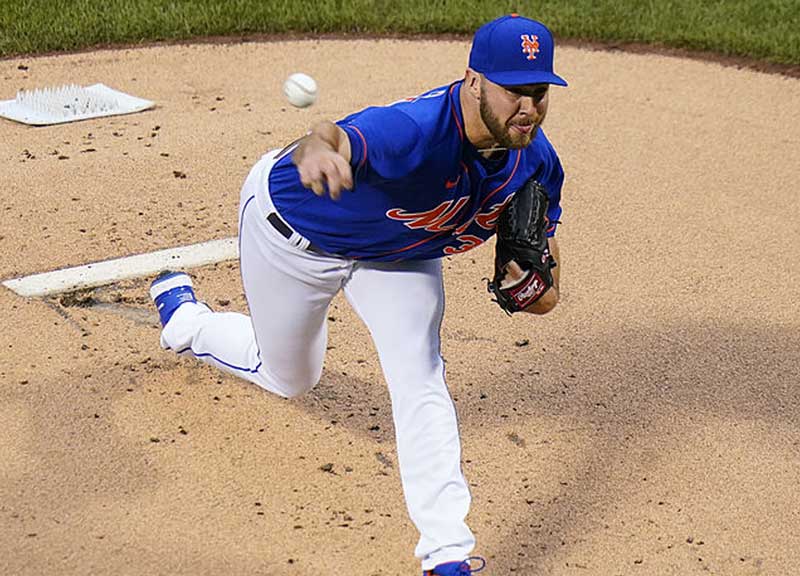Fielding ground balls at 3rd base is both an art and a science. The hot corner demands quick reflexes, precise glove work, and strong fundamentals. Whether you’re a seasoned player or just starting at 3rd base, here are some essential tips and techniques to help you field grounders like a pro.
1. Ready Stance
- Low and Athletic: Start with a low, athletic stance. Bend your knees, keep your weight on the balls of your feet, and stay balanced. This stance allows for quick reactions in any direction.
- Glove Position: Hold your glove low to the ground, just inches above it, with the pocket open and facing the batter. Your bare hand should be behind your glove for added support.
2. Anticipation
- Read the Hitter: Pay attention to the batter’s stance, swing, and tendencies. Anticipating where the ball might be hit will give you a crucial advantage.
- Infield In: If the situation allows, position yourself slightly closer to home plate, known as “infield in.” This shortens your reaction time on sharply hit balls.
3. Two-Handed Approach

- Soft Hands: When the ball comes your way, use both hands to field it. Extend your glove hand out toward the ball while keeping your bare hand behind it. Try to catch the ball softly in your glove rather than letting it hit hard.
4. Quick First Step
- Explosive Reaction: React quickly off the mark when the ball is hit. Your first step should be explosive and in the direction of the ball.
- Angle of Approach: Approach the ball at a slight angle, moving toward the target you plan to throw to. This provides you with better balance and allows for a smoother transition to the throw.
5. Fielding Techniques
- Stay Low: Keep your body low to the ground when fielding ground balls. This provides better stability and control. Your head should be at glove level.
- Directional Fielding: Try to field the ball on your glove side (right side for right-handed players, left side for left-handed players) to make plays more efficiently.
6. Quick Release
- Transfer: Once you’ve fielded the ball, transfer it from your glove to your throwing hand as quickly as possible. A quick transfer is crucial for making accurate throws.
- Strong Throw: Make strong, accurate throws to your target, whether it’s 1st base for the out or another base for a double play.
7. Mastering the Dive
- Diving Plays: 3rd base often requires diving plays to stop hard-hit ground balls. Practice your diving technique to ensure you can make these plays confidently.
- Recovery: After a dive, practice quickly recovering to your feet and being ready for a potential throw to first.
8. Drill and Repetition

- Ground Ball Drills: Incorporate ground ball drills into your practice routine. Work on fielding grounders from various angles and in different positions.
- Situational Drills: Simulate game situations during practice to prepare for real-game pressures and decisions.
9. Adapt to the Hopper
- Short Hops: Learn to handle short hops. Position your body to ensure the ball meets your glove at waist level, making it easier to field.
- Long Hops: When dealing with longer hops, focus on securing the ball in your glove before making the throw.
10. Stay Focused and Positive
- Concentration: Maintain a high level of concentration on every play. Baseball is a mental game, and staying focused is key to consistent fielding.
- Positive Mindset: Stay positive, even if you make mistakes. Every player makes errors; it’s how you bounce back that matters.
Remember, fielding grounders is a skill that improves with practice and experience. By mastering these techniques and putting in the time on the field, you’ll become a reliable and confident 3rd baseman. Keep working hard, stay focused, and bring your passion for the game to every play at the hot corner.
